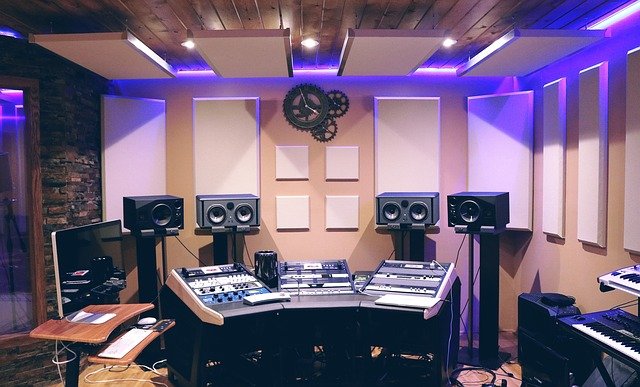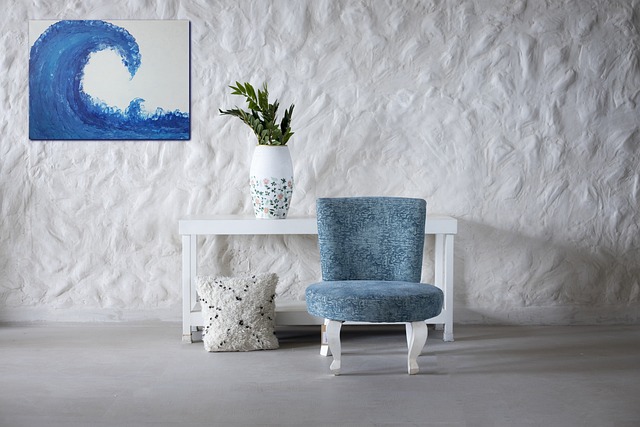
There are many ways to improve the acoustics of a room, but a few of the most effective are listed in this article. These include sound-absorbing panels and walls, as well as window plugs and sound-absorbing coverings. If you’re looking for an inexpensive way to improve the acoustics of a room, consider investing in a new mattress. A mattress will minimise early reflections and enhance the room’s acoustics.
Sound absorption panels
There are several sound absorption panels, and each type is designed to reduce noise or improve the room’s acoustics. Horizontal panels, for instance, can be installed at different heights, which reduces the transfer of sound waves between them. Ceiling-suspended panels, meanwhile, use a combination of direct absorption and air pockets. You may check that Sounds Better article on how to reduce sound in a room to help you with this.
Acoustic panels are essential for acoustics and are used in noisy spaces, such as offices. They can also be used as decor, allowing space to express personality.
Acoustic panels reduce sound pollution by blocking sound waves and absorbing the reflected sound. Although they aren’t designed to block noise from outside, they can help in reducing street and neighbourhood noise.
Window plugs
To reduce noise in a room, you can install window plugs. These are made of 3/4-inch MDF and 1/4-inch-thick glass inserts, and they can be fitted into the window frame and sealed against the glass using silicone caulk. To improve acoustics, you can also use acoustic foam. Ensure that the material is wider than the window opening to prevent low-frequency noise.
A window plug is very easy to make a DIY soundproofing option, and you can even design it at home! These are inexpensive and effective insulation layers between the room and the outside. They should be at least half the thickness of the window sill and about an inch wider or deeper than the window frame. These factors will provide a buffer zone, which will reduce noise and vibrations.
Soundproof window plugs are not perfect. They don’t block all low-frequency noises, but they can significantly improve a room’s acoustics. Soundproof window plugs depend on the thickness of the material used and the density of the materials. Soundproof window plugs can be made from mass loaded vinyl or acoustic foam. However, not all windows are constructed to support soundproof plugs, and you’ll have to make sure that you build it correctly and that it fits the window. You can also use straps to hold the window plug in place.
Sound-absorbing coverings
Another type of acoustic covering is sound-absorbing fabric or panelling. Acoustic panels and curtains are made from highly porous materials, like foam, to absorb sound effectively. The thicker the material, the better.
Panels made of porous materials, such as acoustic foam, will absorb noise and help clear speech. They can also help limit reverberation in the walls, which will help limit echoes and make it easier for everyone to understand the speaker. Acoustic furniture is a great way to improve the room’s acoustics and is often an excellent choice for homes and businesses.
Foams are widely used in recording studios. These products reduce echo in large rooms. Foam and sheetrock are excellent ways to reduce echo, and they also make speech more intelligible in small rooms. They can be found in many sizes, colours, and patterns, and they are also inexpensive and easy to install. There are many types of foam, and some of them are designed to fit over existing ceiling tiles.
Sound-absorbing walls
The type of absorbent material you choose will affect the amount of noise reduction.
Besides thick walls, you can also use reflective walls to reduce noise. These are effective for residential areas and can reduce noise from outside noise in large rooms. You can also install a barrier between the walls and windows, like a fence. This barrier can be a panel that spans the doorway or window shutters. But it is recommended that you consider the room’s aesthetics before buying sound-absorbing walls.
The most expensive sound-absorbing walls are made from MLV, a rubber compound that increases mass and density. Sound-absorbing walls can also be made from steel studs. They have a natural ability to absorb vibration, and they require a structural framing system and should be installed by professionals. Soundproof curtains are another great way to improve acoustics and reduce noise.
Sound-absorbing ceiling tiles
Acoustic ceiling tiles are installed below a hard ceiling surface to absorb noise. By absorbing sound at the source, these tiles restore quiet comfort. Some tiles can be installed on an existing ceiling, while others are installed directly on top of it. Acoustic ceiling tiles can be purchased in various sizes, colours, and materials.
While acoustic ratings are essential when selecting ceiling tiles, they shouldn’t be the only factor you consider. Consider other factors, such as aesthetics, price, ease of installation, and the air quality in the room. It is important to remember that the acoustic rating you see on a tile’s product description is only a guide, not a definitive recommendation.

Your go-to source for the latest in tech, finance, health, and entertainment, with a knack for distilling complex topics into accessible insights, We deliver timely updates on the ever-evolving landscapes of technology, finance, health, and entertainment






